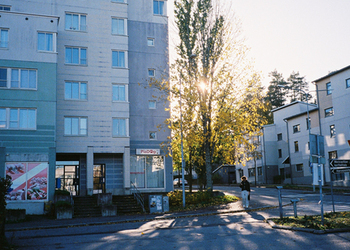The full-scale war in Ukraine is a point of openness and uncertainty. At the same time, it is a point where we can dream about the urban future, dream utopian and radical and offer new tools and possibilities for the shared future we are building together.
During the discussion "Planning a City for Living" at the Ukrainian Urban Forum 2023 the participants discussed the vision of the future in the context of urban planning as well as specific practices and steps that can bring this future closer. This discussion was moderated by Nataliia Otrishchenko, sociologist and researcher, Research Associate at the Urban History Centre in Lviv.
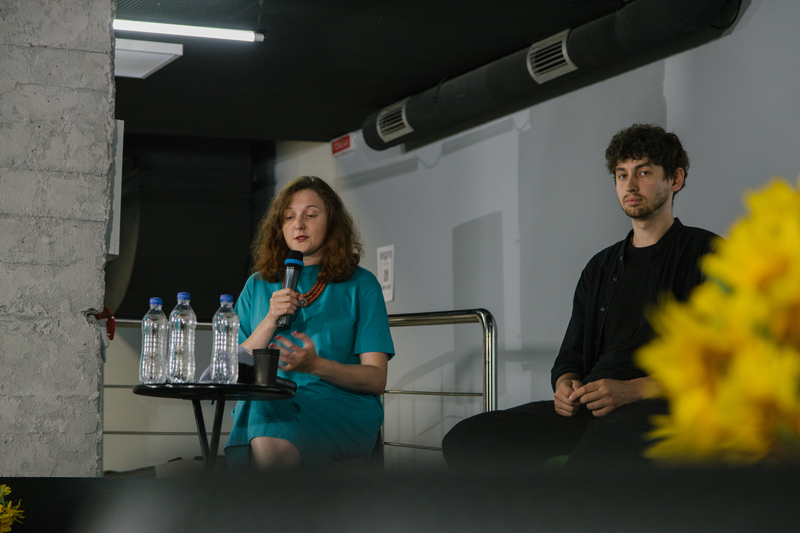
One of the participants in the discussion was Natalia Kondel-Perminova, candidate of architecture, Head of the Design and Architecture Department of the Institute of Contemporary Art Problems of the National Academy of Arts of Ukraine. She is also a member of the Working Group on the Development of the Urban Planing Code of Ukraine. At the discussion Nataliia spoke about the main stages of work on a unified version of the Code.
"Today we are witnessing a paradigm shift. This is a truly historical event,when we have to make a transition from the Soviet administrative and planning system which was clearly structured, centralized and focused on planning from what has already been achieved. It was a state policy, the party-driven policy and the government policy. The thinking of entire generations have been shaped by this policy. Clearly, it's challenging to overcome this. Now there is a transition period from this Soviet paradigm to a paradigm of modern, integrated urban development.
Now we work on creating our own Ukrainian model of the relationship between all those participants. During two months the Working Group gathered representatives of communities who have the opportunity to communicate with each other for the first time Everyone understands that the interests of real estate developers have always prevailed in Ukraine. We are now aiming to build a model of relationships between all key stakeholders. How should we arrange to live and work in the future? In such a way that it will be clear who works how, how to establish communication and interaction and what safeguards can be put in place against any forms of corruption.
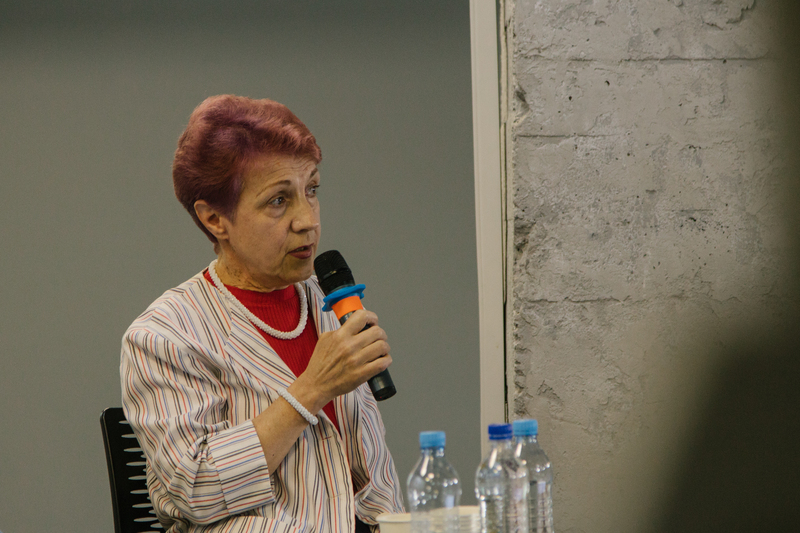
Our work is now at a turning point, at this critical and defining point when the war is ongoing, when there is trauma, when people are exhausted. The work is unfolding at this very moment. The discussion of the future Urban Planning Code of Ukraine was joined by experts from various fields. We have identified five main groups of stakeholders of the future document: residents of cities and communities, experts, business and representatives of local and state authorities. Later, through discussions, we also added a focus on nature.
After that, we come to an analysis of the situation and thematization the key issues. We develop the concept of what a code is at the level of law, which should be the constitution of our urban planning system. This understanding extends beyond just cities. It is important to problematise the name "urban planning". The next steps involve discussing the state of documentation in urban planning and the stages of designing objects, construction, and operation. To formulate the new code, it's necessary to analyze international experiences as well. This concept will be incorporated into national legislation, and a library with accessible information on the work process will be created."
Yuriy Stolyarov, Chief Architect of the State Institute for Urban Design "Mistoproekt" engaged in the development of urban planning and project documentation. He pointed out that participants in the forum's survey believe that responsibility for urban planning policy in Ukraine lies with local communities, administrations and the local expert environment. However, in reality, at the legislative level, most of the levers are held by the Ministry of Communities, Territories and Infrastructure Development of Ukraine (Minregion): powers are shifted to the centre and there is very little influence at the local level.
"We had a promising start of decentralization which raised high hopes but within last two years there has been a noticeable regression." It seems that all power is given to local authorities governments but there are numerous limitations in the sphere of urban planning. Local authorities have minimal ability to shape the architecture of the region or the requirements for a particular architecture of the region, or to incorporate certain local cultural features related to nature or the specifics of the functioning of this particular settlement. These matters are all determined by Minregion.
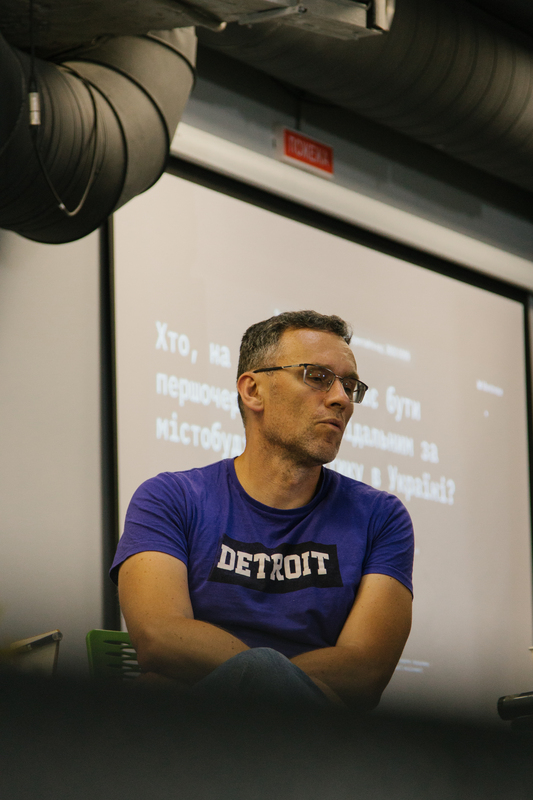
Of course, municipal authorities have tools in urban planning documentation but no matter how good your drafted urban planning documentation, it is only two points, at best, that are then incorporated into urban planning requirements and restrictions. They take just such aspects as height, percentage of buildings, density and that’s all. Environmentally oriented decisions, considerations of climate change and various transportation aspects often remain on paper and end up in the archives. This significantly limits the ability of local authorities to shape urban planning policy We, all designers, hope that the Urban Planning Code will have a more proportional distribution of influence on these policies.
In my opinion, the ideal process involves strong communities, strong municipalities, financially independent communities, flexible communities that have enough capabilities, tools and resources to manage their development. The powers of the central government should remain more in global supervision, at the level of resources, at the level of defence, at the level of infrastructure, at the level of compliance with environmental legislation, interaction between regions and international cooperation. How people should live in a certain community should be determined by this community independently. It is wrong when a gym is built in our rayon (district) centre under the patronage of the president at the expense of the state budget.
The second issue is open data. Ukraine is moving quite well in this direction but as an urban planner I see that there are many of them but they are not structures or sorted and not user-friendly.
Moreover, we observe an acute shortage of human resources in local authorities. The reality is that the salaries are relatively low, most people are engaged in handling minor task and responding to requests but there is a shortage of staff for formulating a coherent strategy.
The Land Code imposes restrictions on the recovery process. For example, the mechanism of land allocation for society seizure for public purposes is quite complicated and lengthy and municipalities avoid it in every way possible. It is also unclear in the legislation, which, in my experience, often leads to litigation that ends up not in favour of the municipality."
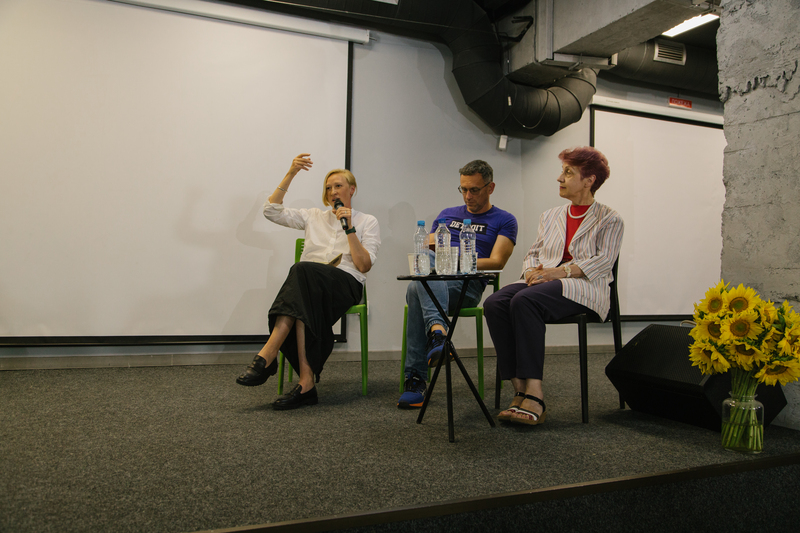
Oleksandra Naryzhna, architect, urbanist and the Head of the Urban Reform office, is engaged in spatial research, implementing participatory planning and activation of places through public and shared spaces Oleksandra also works with the Okhtyrka community and the community of Lutsk.
"We have several participants in the urban development process. The state creates the rules of the game and it is often such a live process, a space for experimentation for Ukraine. Regional councils the role of which is constantly changing but mostly it is about the control function. Finally, local authorities, which, in my opinion, are heavily regulated from above. They often lack the capability and expertise to think about the real needs of the community.
Let me give you an example of the Netherlands where they have completely removed regulation from the top and each municipality determines the rules and a set of documents required to foster the development of the city. Of course, this is an alternative position. We are not ready for this, it requires the internal expertise. However, today, if there are documents developed by the community, they often remain on paper and are not put into practice. Therefore, our local authorities balance between the formalities required by the state and work with donors, international consultants and expertise. And it is often two separate processes that do not overlap.
The sphere of urban development also received 'new urbanists' who emerged after 2014 as well as project institutes. These two universes simply do not notice each other. Project institutes perform tasks assigned by the state and local authorities. We, as 'new urbanists,' cooperate with donors, European Union policymakers and new approaches but our documents are informal. There is a lack of communication between these parties.
Another issue is the shortage of experts and other human resources both in project institutions and in communities. Now we are at the very beginning of the market formation and we should have a guarantee that people working in urban development will be paid decent salaries. I am very familiar with the education standards in the field of architecture and urban planning. If we do not meet these standards, we do not get a specialist. This specialist, when he is now finishing his education, we have to start training again. It is sometimes better to start training from scratch than to train after graduating from a higher education institution.
First of all, it is necessary to update the standards of higher education. It is necessary to resolve the confusion between the concepts of "urban development" and "city planning". We should introduce a landscape architecture specialization where students would learn to design public spaces. We should also have an 'urban planning' or 'urbanism'. Moreover, we need the architecture that doesn't attempt to imitate urban planning but with a professional approach focusing on sustainability and quality.
We should establish a single shared market where we cooperate. We should start noticing each other fostering cooperation with each other and with international partners. One organisation cannot cover everything in a project without partners from other areas.
It's important to pay attention to how population is involved. It is important to report on the results of the work, the progress of the project, so that it is not just an invitation to a meeting but involvement in the whole process."
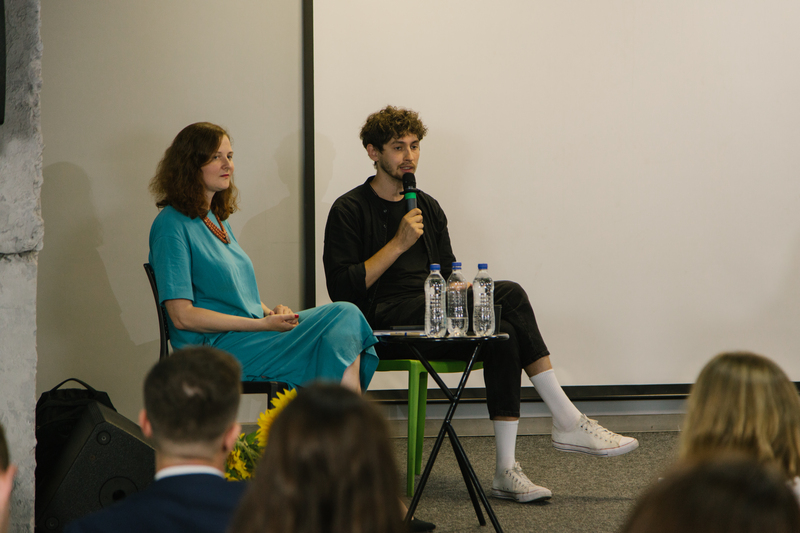
Serhiy Yakivchuk, architect at the Vinnytsia Spatial Development Agency and Head of NGO U7 Urban Studio, shared his observations on how municipalities and communities work together in the context of Vinnytsia.
"The state we are in now can be called a protracted transition period. Many of the changes and reforms that began before the war have somewhat slowed down and there is no clear understanding what is happening with urban planning documentation. Do city master plans work effectively or are they just spatial constraints that do not give an idea of the direction of movement? Meanwhile, there are various informal documents along with numerous foreign instruments. However, it is necessary to systematise all knowledge and instruments and to understand what is effective and what is not.
If we talk about the practices of other cities, about models to follow, we should take a comprehensive approach. We consider the issue of education as a professional education in the urban planning and architecture but it is also important to improve broader competencies. For example, the Vinnytsia delegation visited Norway where there is a practice when the first grade of school go to the municipality. The topic of their lesson is the following: how the city works. They study various basic processes. These people are future clients and the professional environment will also grow along with their level of education, Often, people don't consider the impact on the city when they make a decision on the real estate developer who to buy an apartment from. They perceive the apartment as a closed environment which is separated from the outside world. People don't realize that they are users not only of the apartment but also of the city.


